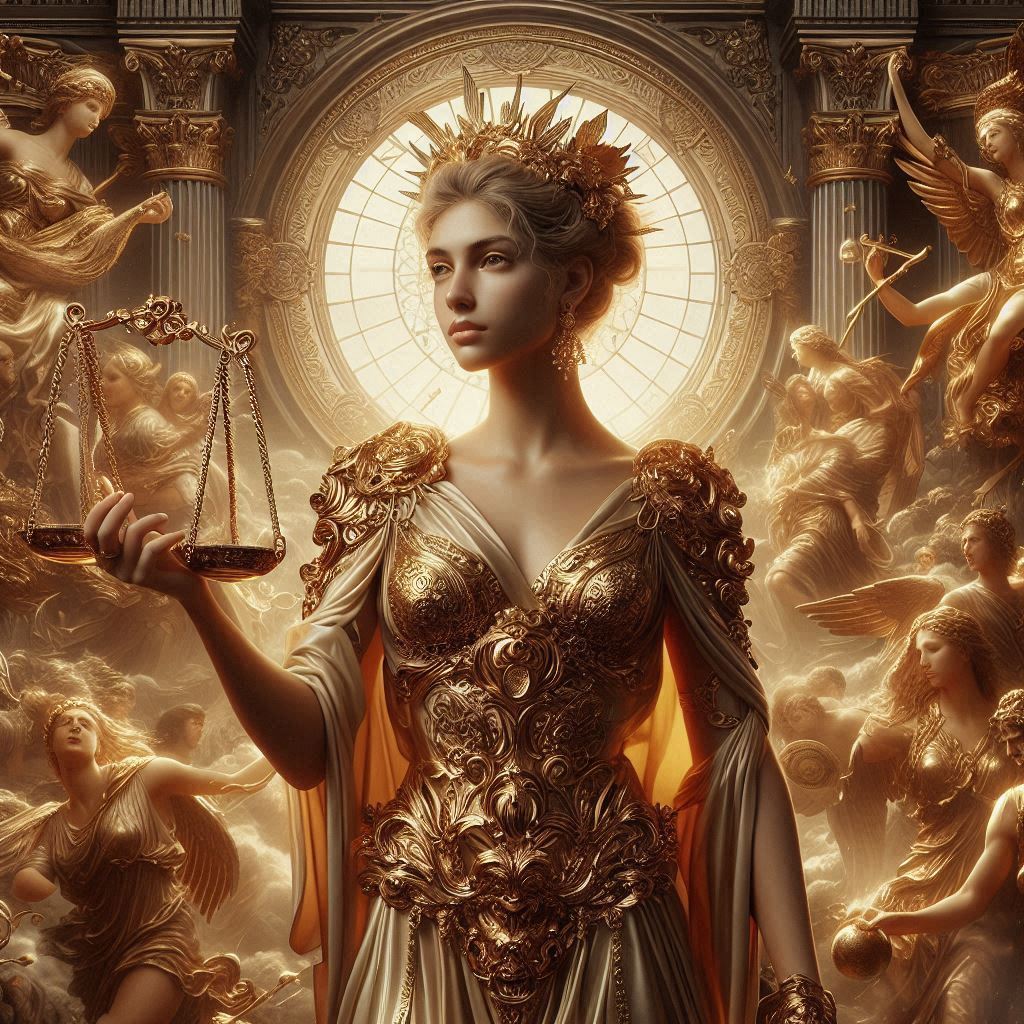Table of Contents
Ferdowsi’s Shahnameh: An Epic of Persian Grandeur and Universal Human Struggles
Ferdowsi’s Shahnameh, or The Book of Kings, is a literary masterpiece that transcends its Persian roots to stand as one of the most remarkable works of world literature. Composed over 30 years by Ferdowsi (940–1020 CE), the Shahnameh is not merely a collection of tales about kings and heroes but a monumental epic that preserves the cultural heritage, moral philosophy, and historical consciousness of the Persian people. It blends mythology, history, and poetic elegance into a narrative that captures the essence of human struggle, destiny, and the eternal conflict between good and evil.

Historical and Cultural Context
The Shahnameh was written during a critical juncture in Persian history. By the time of Ferdowsi’s life, Persia had undergone centuries of upheaval, including the Arab conquests that introduced Islam and significantly altered the region’s cultural and political landscape. Ferdowsi’s work can be seen as an act of cultural resistance and preservation. Written in New Persian and eschewing Arabic loanwords as much as possible, the Shahnameh is a deliberate celebration of Persian identity and the Zoroastrian worldview that had dominated the region before the Islamic era.
This linguistic and cultural project was revolutionary. At a time when Arabic was the lingua franca of intellectual and literary life across much of the Islamic world, Ferdowsi’s decision to compose an epic in Persian reflected his commitment to revitalizing a distinct national consciousness. His work became a touchstone for the Persian language and a source of inspiration for countless generations.
Structure and Themes
The Shahnameh consists of more than 50,000 rhyming couplets, making it one of the longest epic poems ever written. It is structured into three main sections:
- Mythological Age: This section narrates the creation of the world and the early legendary rulers, such as Gayomart and Hushang, who bring order to chaos. It is rich in allegorical and symbolic content, presenting universal themes of creation, civilization, and the eternal struggle against darkness.
- Heroic Age: This is the heart of the Shahnameh and focuses on the exploits of iconic heroes like Rostam, Sohrab, and Siyavash. These tales are steeped in themes of honor, fate, and the human cost of ambition. The tragic story of Rostam and Sohrab, in which a father unknowingly kills his son, epitomizes the Shahnameh’s exploration of the interplay between destiny and human fallibility.
- Historical Age: The final section chronicles the historical kings of Persia, from the Achaemenid dynasty to the fall of the Sasanian Empire during the Arab conquest. It blends historical fact with legend, portraying the decline of Persia as a moral and cultural crisis.
Moral Philosophy and Universal Themes
At its core, the Shahnameh is a meditation on the nature of power, justice, and the human condition. Ferdowsi imbues his characters with profound psychological depth, exploring their virtues and flaws in ways that resonate across cultures and eras. The heroes of the Shahnameh are not infallible; they are subject to pride, wrath, and sorrow. Through their triumphs and tragedies, Ferdowsi examines the duality of human nature and the inevitable tensions between personal ambition and collective good.
One of the recurring motifs in the Shahnameh is the theme of cosmic dualism, rooted in Zoroastrian philosophy. The struggle between Ahura Mazda (representing light and order) and Angra Mainyu (embodying darkness and chaos) finds echoes in the battles between the forces of good and evil throughout the epic. However, Ferdowsi also complicates this dualism, portraying many antagonists with nuance and evoking sympathy for their circumstances.
The Shahnameh’s Legacy
The Shahnameh’s influence on Persian culture is immeasurable. It has shaped the language, art, and collective memory of the Persian-speaking world. The epic’s stories have inspired countless adaptations in visual art, theater, and even modern media. Its poetic language has served as a benchmark for Persian literature, while its themes of identity and resilience have offered solace and inspiration during times of cultural and political upheaval.
Moreover, the Shahnameh holds universal appeal. Like Homer’s Iliad and Odyssey, or the Indian Mahabharata and Ramayana, it transcends its national origins to address themes that are timeless and global. The epic’s exploration of heroism, morality, and the inexorability of fate speaks to the shared human experience, making it a cornerstone of world literature.
Conclusion
Ferdowsi’s Shahnameh is more than an epic; it is a monument to the endurance of a culture and the universality of human struggles. Through its intricate blend of mythology, history, and poetry, it not only preserves the legacy of ancient Persia but also engages with timeless questions about humanity’s place in the cosmos. Ferdowsi’s genius lies in his ability to weave these threads into a tapestry that remains relevant and resonant, centuries after its creation. In the Shahnameh, we find not only the soul of a civilization but also the shared spirit of humanity, striving for meaning amid the chaos of existence.


No responses yet